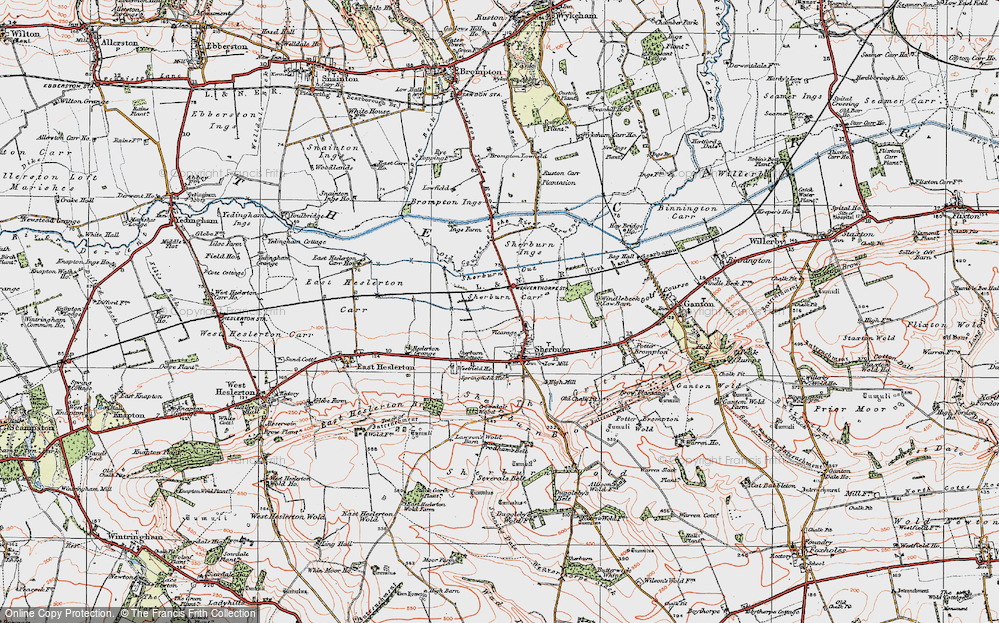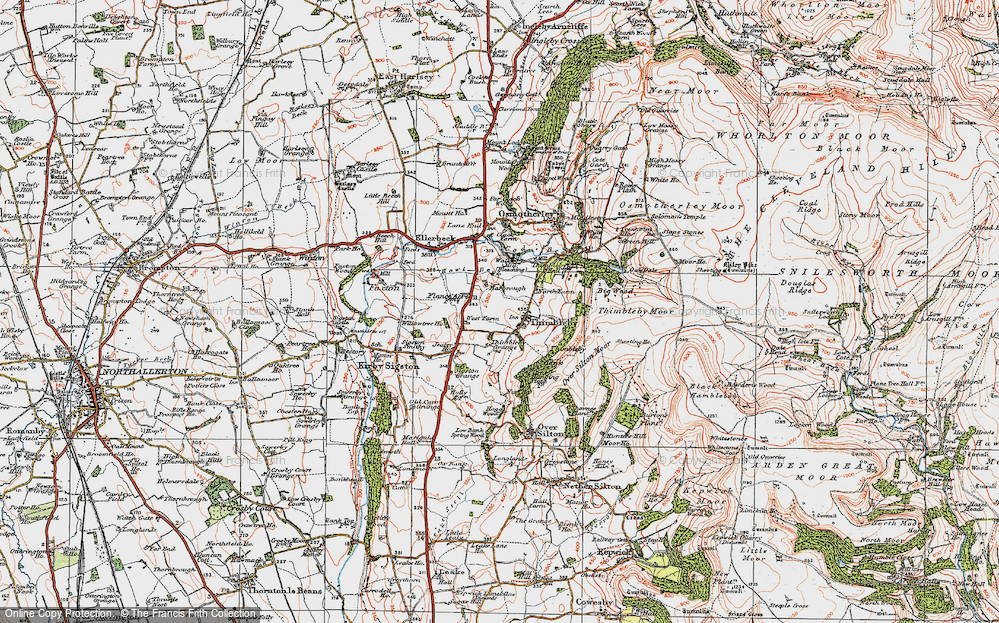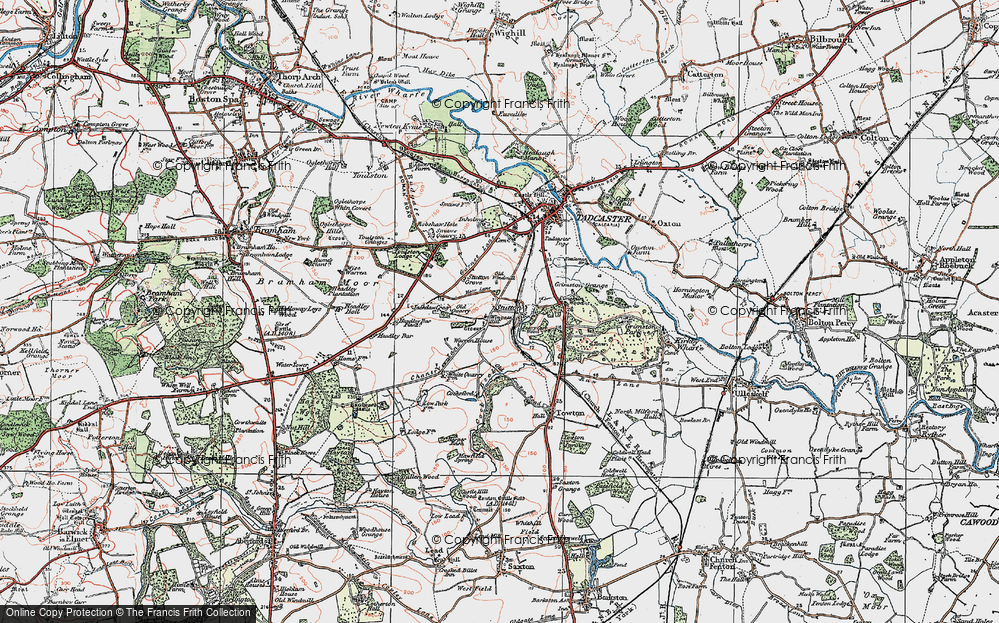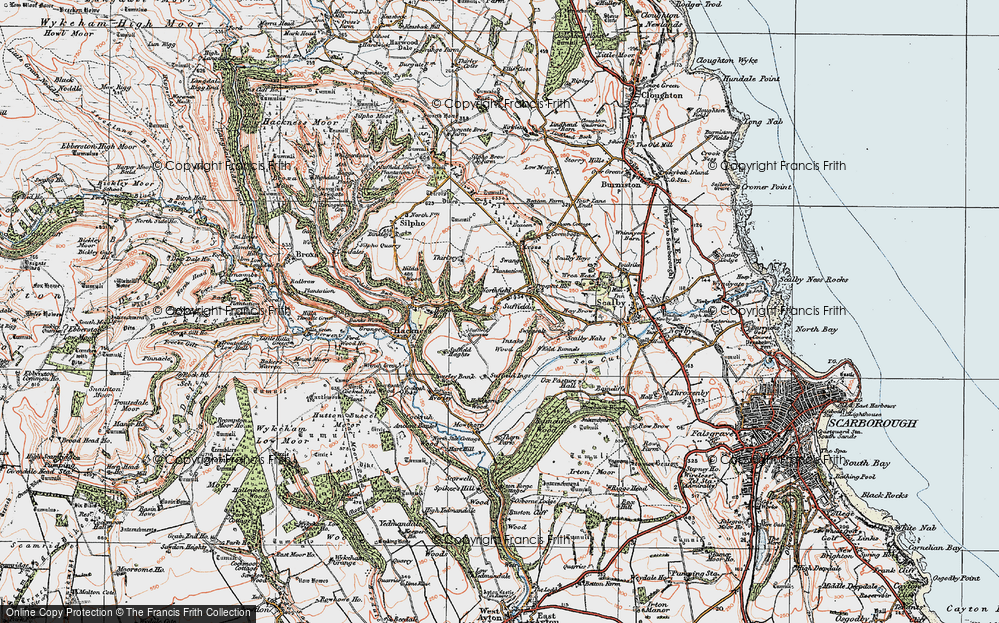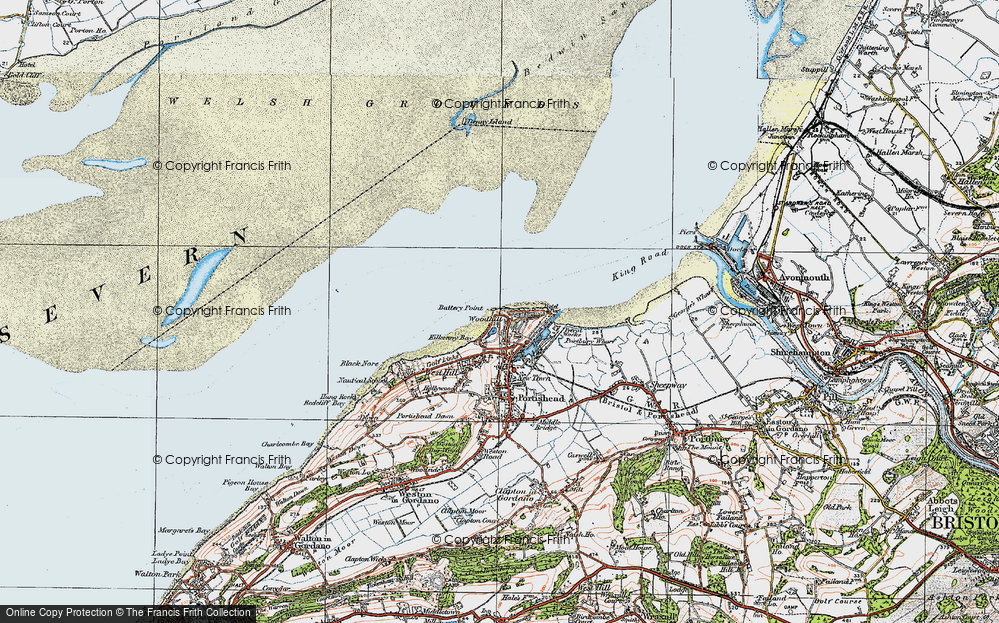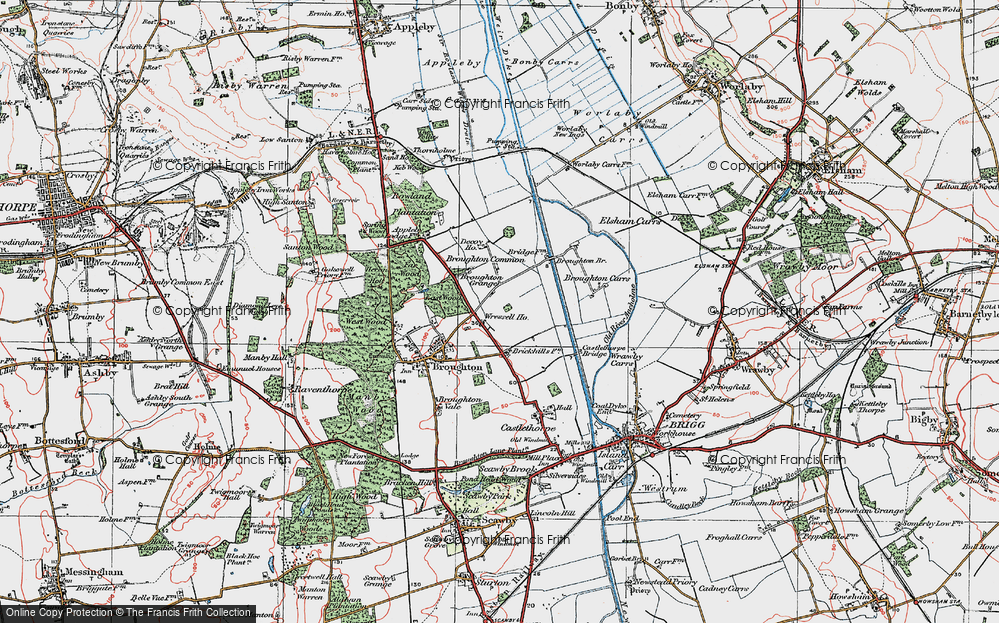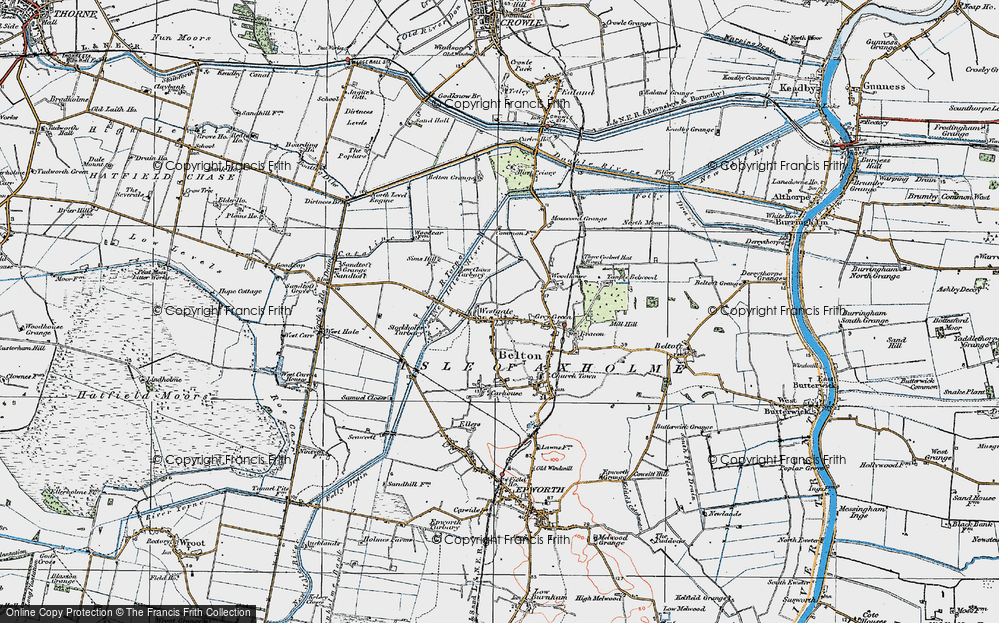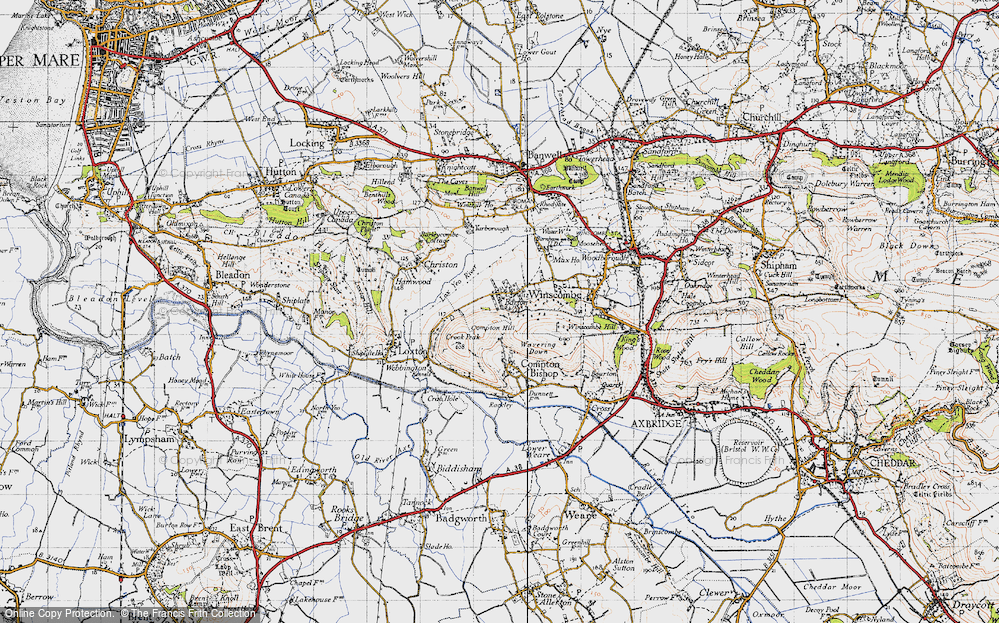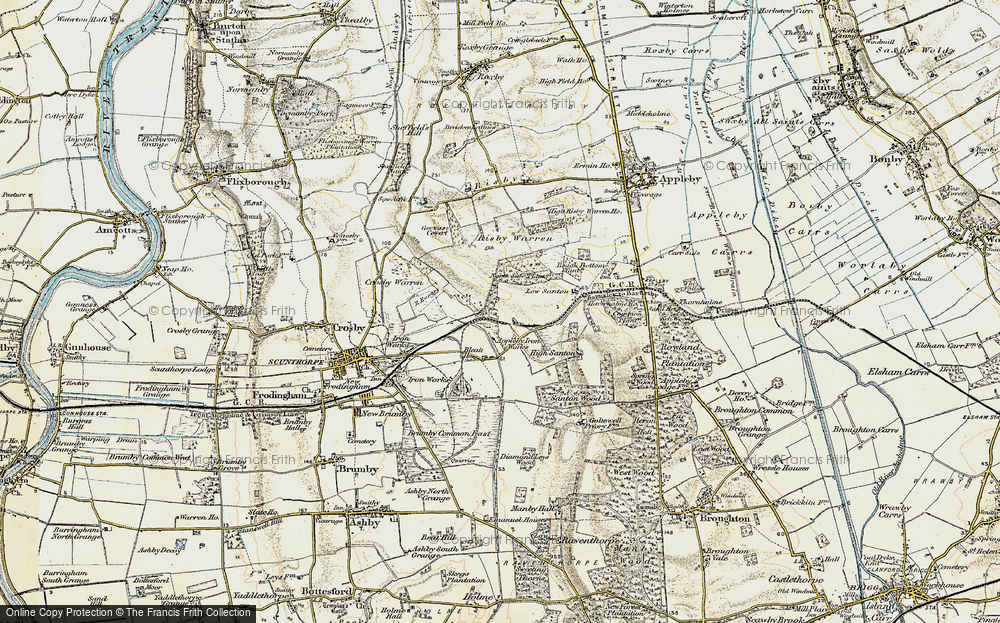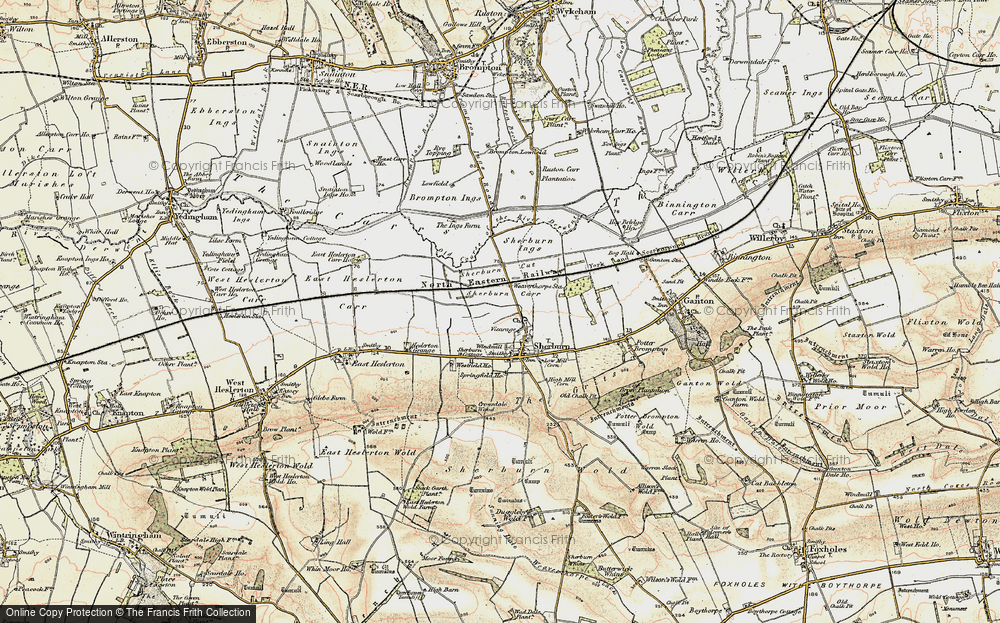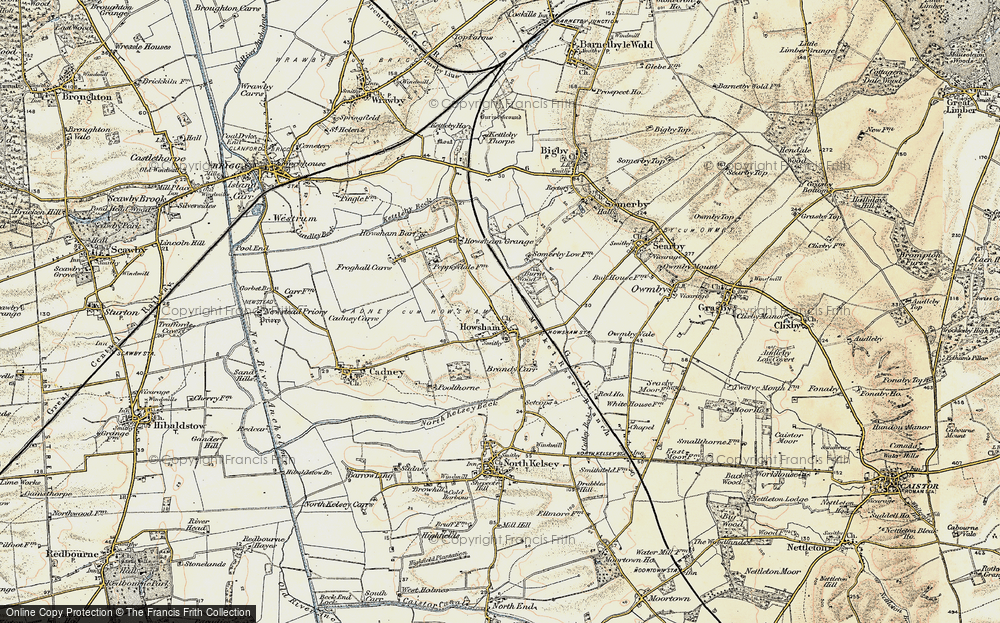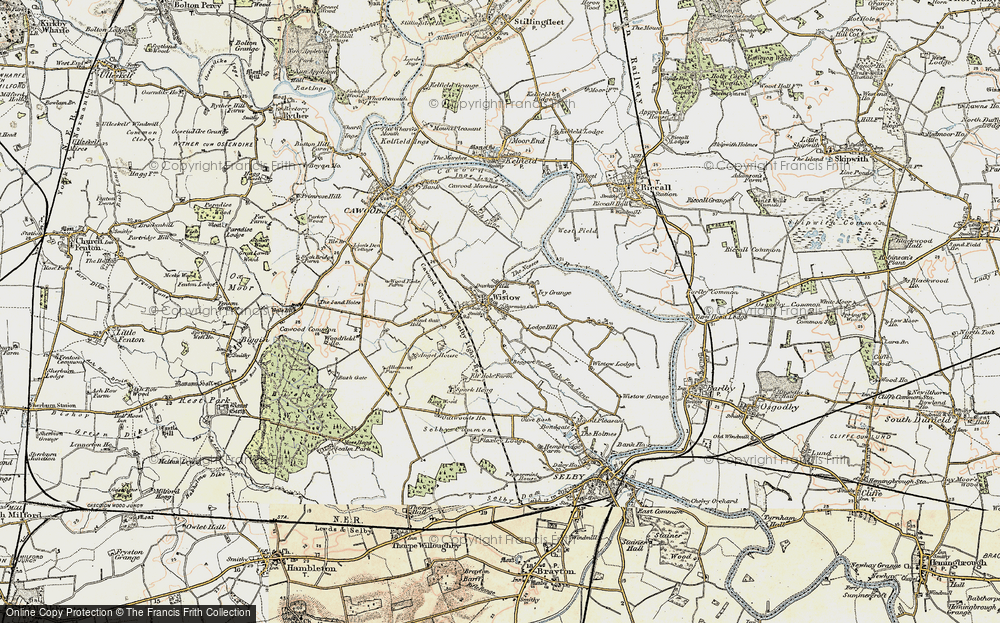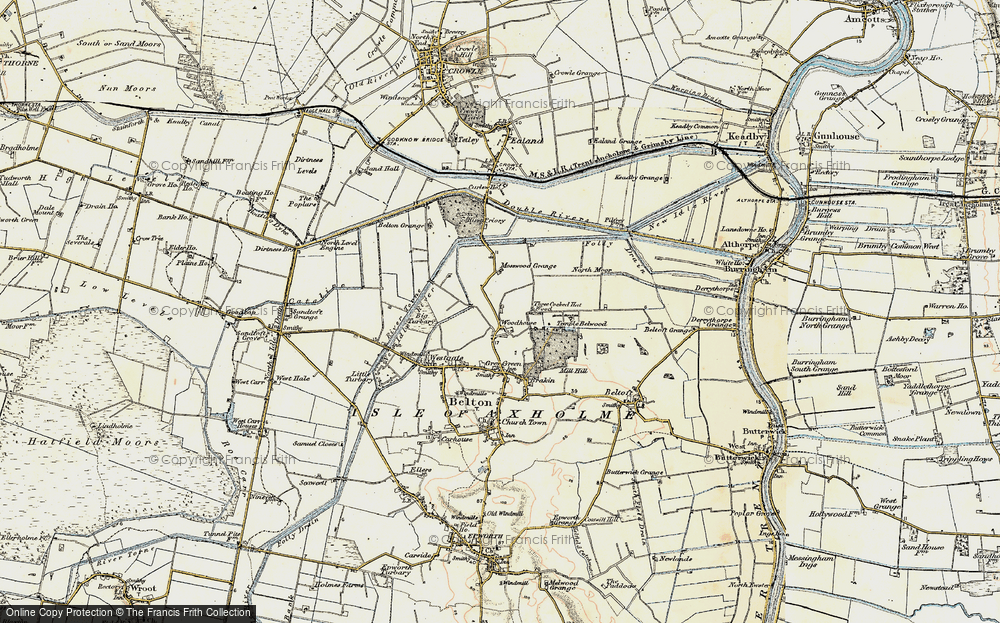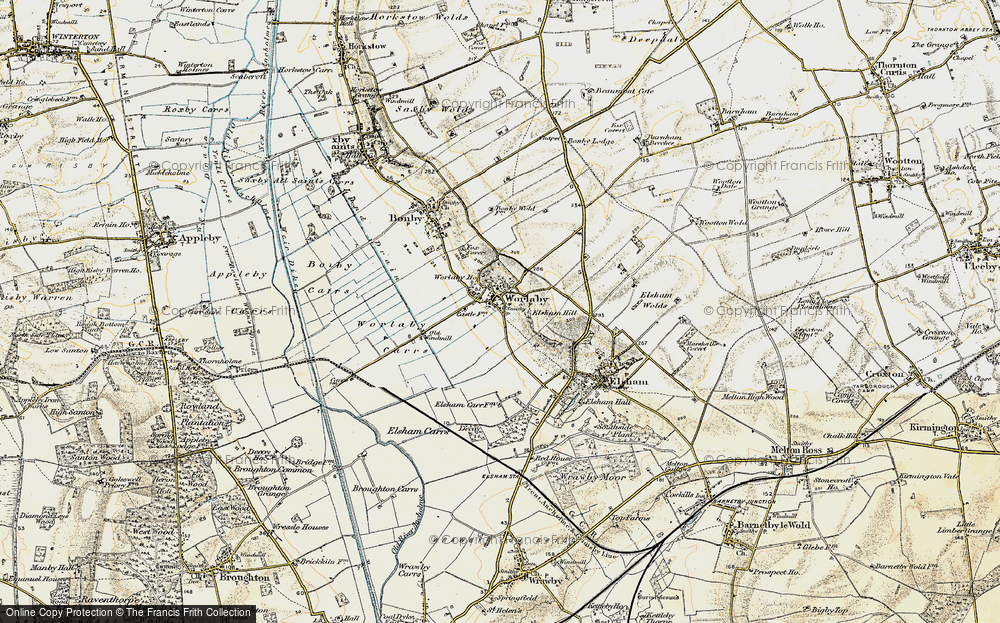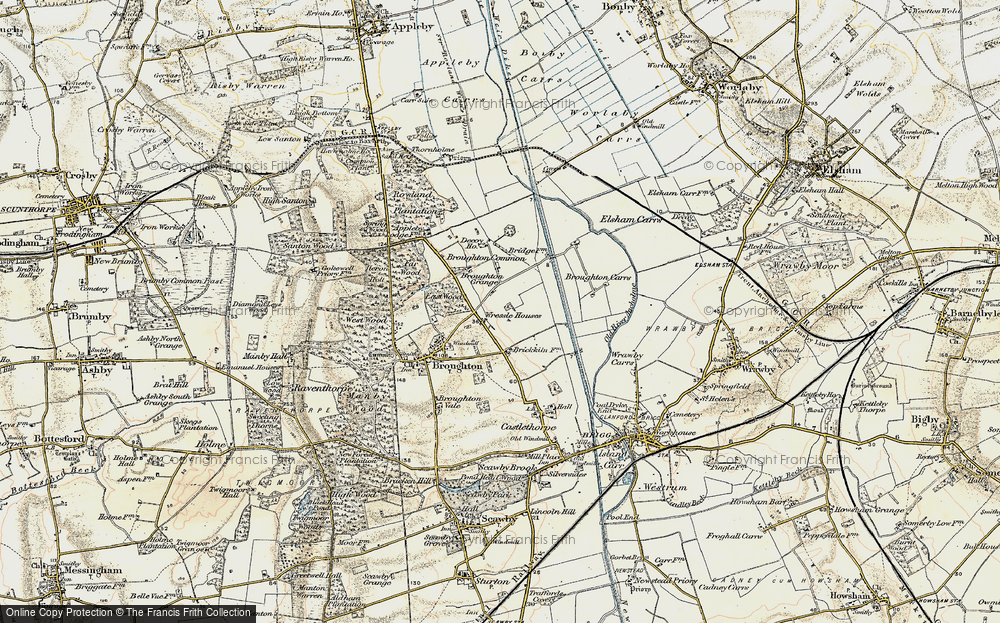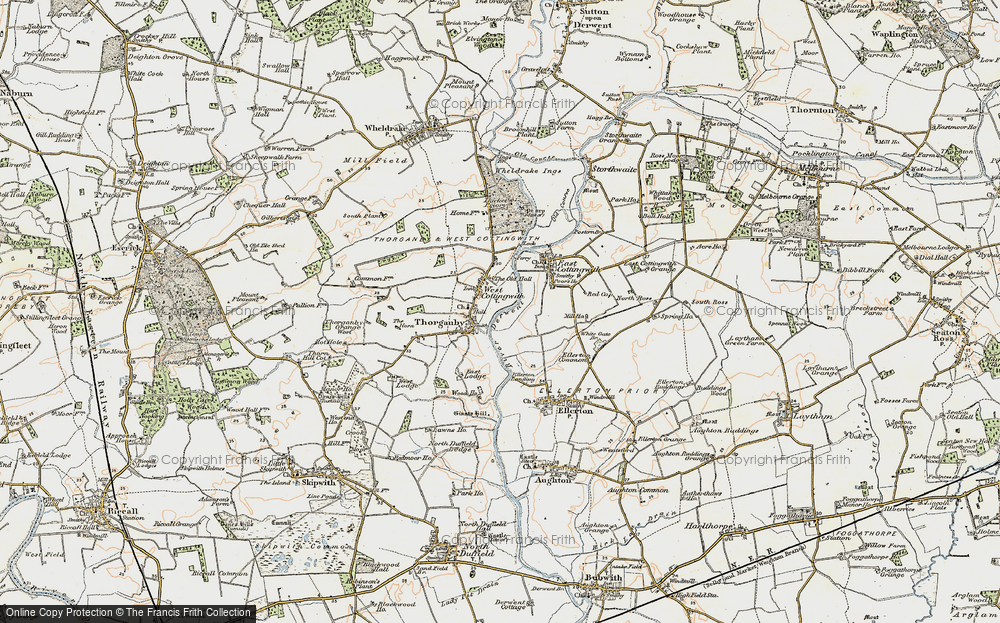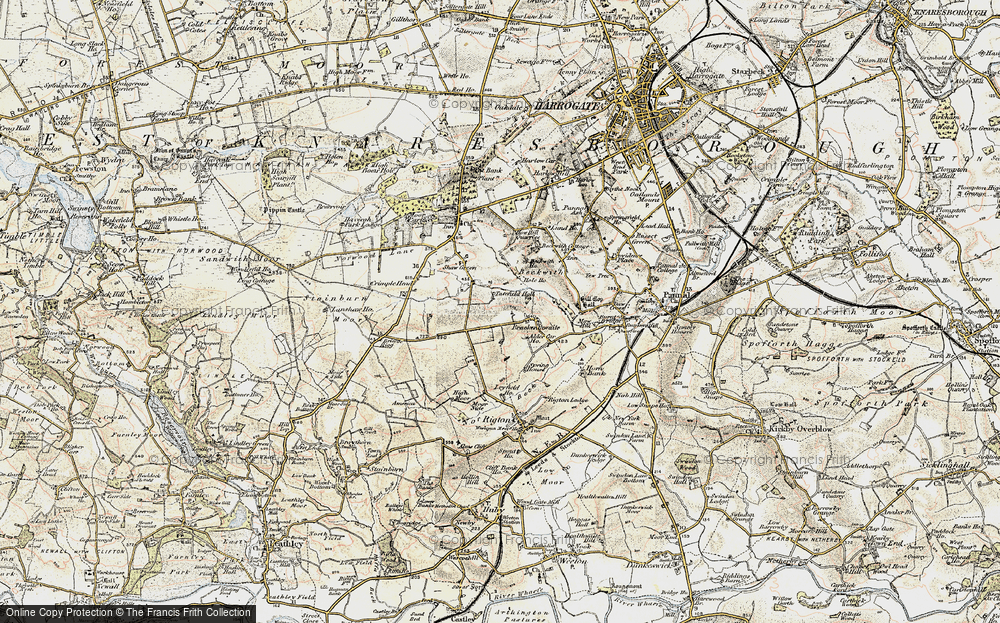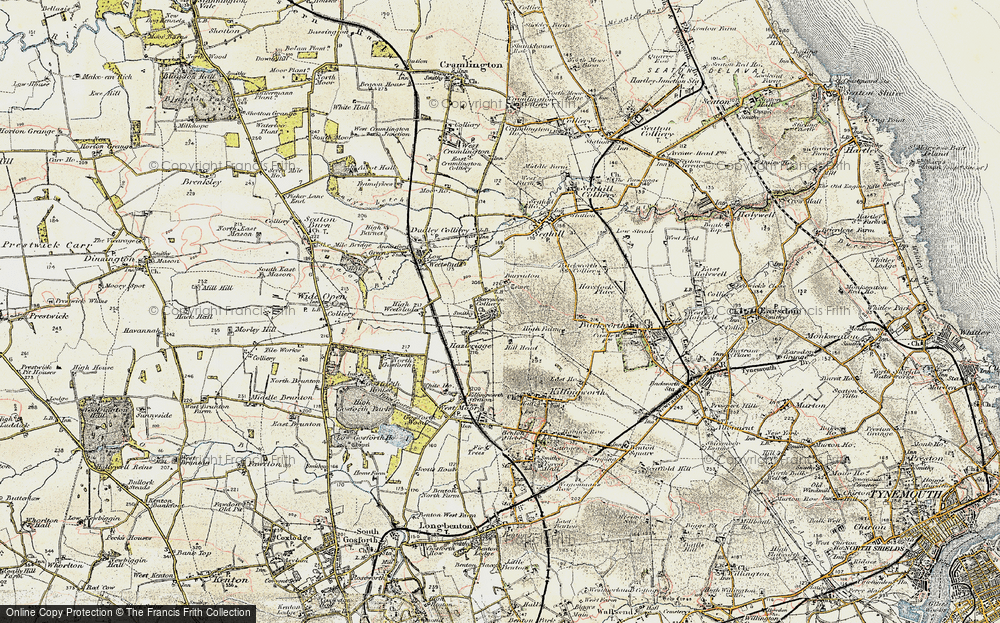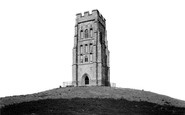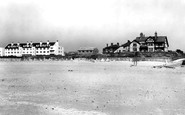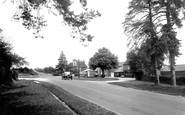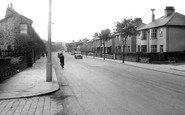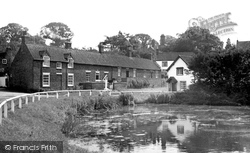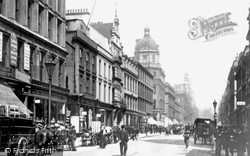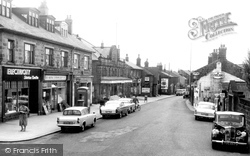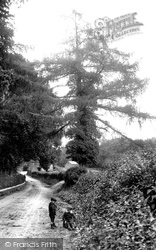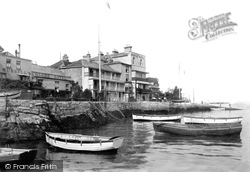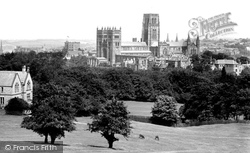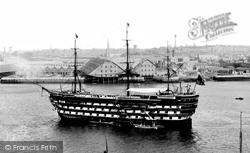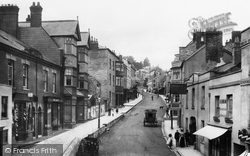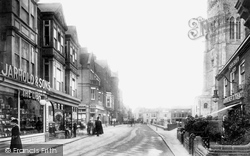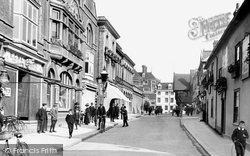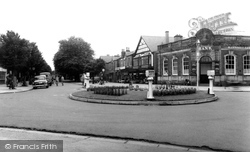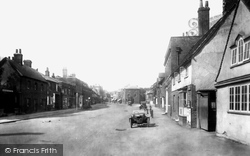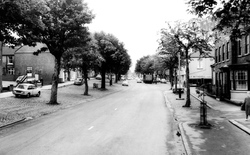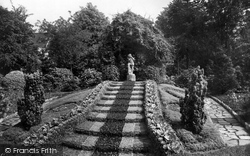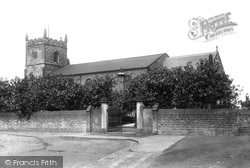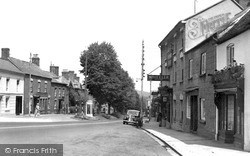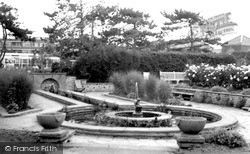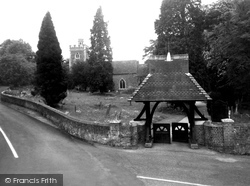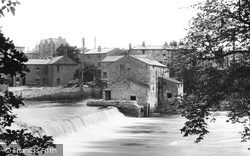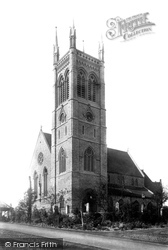Places
Sorry, no places were found that related to your search.
Did you mean: north ness or na h ness or nook ness or nash ness ?
Photos
12 photos found. Showing results 1,301 to 12.
Maps
9,582 maps found.
Books
Sorry, no books were found that related to your search.
Memories
4,583 memories found. Showing results 651 to 660.
On The Tor
Somewhere I have a picture of a group of friends & myself here. taken in the early '70's. It was a peaceful place then, & you could walk up & not see a soul, apart from the occasional local walking their dogs. On a good day ...Read more
A memory of Glastonbury by
Blundellsands Beach.Prior To 1960
I was thirteen at the time and lived off Riverslea Road, which led down to a walled field on to the beach. My friends Derek Austin, Les Reece, Charlie Kelly, and a few others had built the Biggest Bonfire for ...Read more
A memory of Blundellsands in 1953 by
The Day I Was Born
I was born on 22nd June 1948 at 95 Dryfield Road in the front main bedroom of my nans's house. We lived there until I was 8 when we left my nan's and moved to St. Johns Wood in London. My nan lived there until I was in my teens ...Read more
A memory of Burnt Oak in 1948 by
My Teenage Years At Clevedon
On the surface of it there was nothing to do in Clevedon for a teenager, but I was wrong. Meeting up with friends and looking for entertainment, Clevedon Pier came the place to be, with a juke box and the latest records ...Read more
A memory of Clevedon in 1956 by
Lt Spencer Baker Died At Passchendaele 1917
Spencer Baker was my grandfather's cousin. He grew up at Forest Farm, Chelwood Gate, son of Spencer snr and Susan Baker (née Lindfield). Spencer was a building contractor and at the age of 29, in ...Read more
A memory of Chelwood Gate by
I Remember Southall
I moved to Southall when I was 5 with my family, went to live at Cornwall Avenue and then went to Lady Margaret School, left there when I was 11 went to Dormers Wells, at 12 we moved to Trinity Road, I still went to Dormers Wells ...Read more
A memory of Southall in 1940 by
From The Beginning!
I was born in 1938 in Needwood Street off Rochdale Road. My Mam and Dad were allocated a new flat in Kingsley Crescent when I was a year old so all my memories are of the 'flats'. I, along with my two sisters and one brother, ...Read more
A memory of Collyhurst in 1940 by
Memories Of Aylesbury During The 60s And 70s
I was born in Buckingham Road in 1962 and lived in the same house (no.225) until I left for North Wales in 1985. I have many happy memories of living there, going to the Primary and Junior schools in ...Read more
A memory of Aylesbury by
Burgh Heath Sugar Bowl
I remember the Sugar Bowl very well as I used to swim there. I was a boarder at Red House School further down the Brighton Road, does anyone remember that? Best days of my life (another story), Walton on the Hill for Boys' ...Read more
A memory of Burgh Heath in 1960 by
Stacksteads Boyhood.
My family moved from Haslingden to Newchurch Road in 1950 opposite the Farhome Tavern. As an eight year old I attended Western Junior School until 1953 leaving to attend Blackthorn Secondary Modern until June 1957 when our ...Read more
A memory of Stacksteads in 1950 by
Captions
1,652 captions found. Showing results 1,561 to 1,584.
It is hard to believe that the main York to Beverley Road passes around the pond on the left. The village was built around the Manor House, later surrendered to Henry VIII after the dissolution.
Thus Glasgow ended up with four railway termini but not a single through line, and to this day passengers have to walk or take a shuttle bus between Central and Queen Street.
On the left in this picture is the branch of the Leeds Industrial Co-operative Society. Every customer had a membership number against which all transactions were logged.
The church is a short distance from the Nower, another one of Dorking's parkland areas.
His task was overwhelming, for most of the Island was in league with the smugglers to one degree or another.
On the left in this picture is the branch of the Leeds Industrial Co-operative Society. Every customer had a membership number against which all transactions were logged.
These chapels are normally constructed at the eastern end of cathedrals, and not at the west.
Laid down at Plymouth Dockyard as HMS 'London' in 1819, her name was changed during her somewhat slow construction; she was not launched until July 1828.
We are looking north-westwards up Bell Street from the Assembly Rooms. Middle Row juts out (bottom left), and the raised pavement leads to Bell Cliff (bottom left).
She led an army of charioteers to sack Colchester, London and St Albans before heading north through Milton Keynes city area along the high streets of Fenny and Stony Stratford.
By the time of this photograph Cromer had experienced a continuing building boom, which included new premises for fashionable stores such as Jarrold & Sons (left), who are still flourishing both in Cromer
Here we see King Street before the Post Office moved to the High Street in 1919.
Many of the shops on both right and left had only recently been, or were yet to be, converted from private dwelling houses.
Inns and beer houses served the needs of travellers and waggon drivers - the Chequers stands on the left and the George and Dragon faces us in the distance.
On the extreme right is Kemplah House, a private preparatory school run by Miss MacDonald and originally the residence of Mr Clarke.
Another recreation ground available to Rugbeians was the Whitehall Recreation Ground on Hillmorton Road, which housed a 28-ton, armoured First World War tank presented to the town in 1919,
'Church' is a Northumbrian word and 'Kirk' is Mercian; both words mean 'a place of worship'.
During the Civil War, Newnham, like many Royalist garrisons surrounding Gloucester, was on the receiving end of a raid mounted by Colonel Edward Massey's forces.
The Corporation's policy of providing a sufficient number of public parks and recreation grounds for both residents and visitors was actively pursued during this period of expansion.
Victorian iron screens are on the west, north and south of the chancel.
supplied 500 police batons; later it became Oxley's Mineral Water factory, and in 1943 even produced Coca Cola for American troops stationed nearby; during the war German prisoners were quartered here, and another
This caused the Sardinian Chapel to be moved several hundred yards north.
It became the gatehouse to the palace of the Archbishop of Canterbury during the 14th century. It is now used as the tourist information centre.
By 1937 the town was being promoted as both a summer and winter resort, and hotels now occupied much of the sea front and the area behind it.
Places (0)
Photos (12)
Memories (4583)
Books (0)
Maps (9582)




